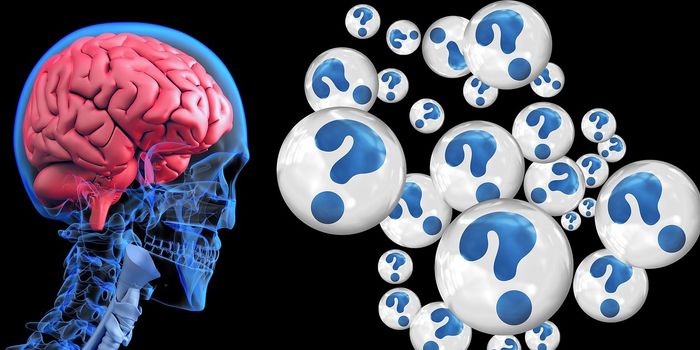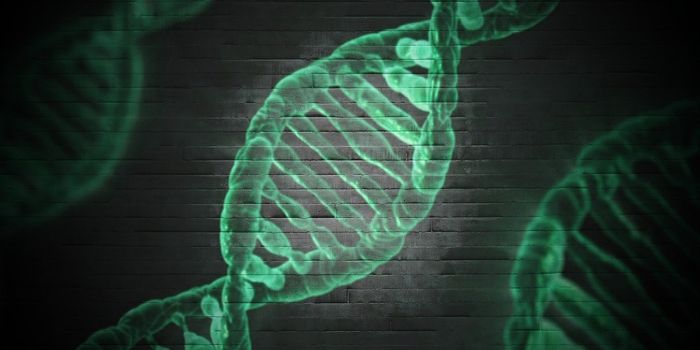Homo sapiens Arose From Multiple Lineages - Changing the Origin of Species
Scientists agree that humanity originated in Africa, but we still have a lot to learn about how populations moved and diverged across the continent. It's been suggested that our origins can be visualized like a tree, with a single ancestral population giving rise to various groups that spread out, but fossil records don't always agree with this hypothesis. There are other theories, such as the grouping and fragmentation of populations, for example.
New research has examined the genetics of people who are now living in Africa, and compared that data to genetic information from the fossil evidence of Homo sapiens who lived in Africa long ago. This research has led the investigators to conclude that humanity did not originate with a single 'stem' African population, and that there were splits in early populations. The findings have been reported in Nature.
"This new research changes the origin of species," said corresponding study author Brenna Henn, professor of anthropology and the Genome Center at UC Davis.
Various computational models were tested in this work, which incorporated data from populations in southern, eastern and western Africa. It also included fresh sequence data from 44 Nama people; they are indigenous individuals who are part of a community that has long lived in South Africa, Namibia and Botswana. The Nama are known to carry high levels of genetic diversity compared to other modern populations. This wide spread, and massive amount of genetic data helped the scientists analyze how genes were moving across generations.
After performing the comparison, the researchers determined that an early population split occurred among early humans, and it can be detected in modern people. This split probably happened about 120,000 to 135,000 years ago, after a very long period of hundreds of thousands of years in which two or more populations of Homo sapiens who were only a bit different genetically had been mixing.
There was probably still some migration of people between these two split populations after the division occurred, and this can explain the genetic variation among various groups of humans and individuals in a more satisfactory way than previous models, said the study authors.
"We are presenting something that people had never even tested before; this moves anthropological science significantly forward," noted Henn.
The study predicted that one to four percent of the genetic differentiation that is seen in modern humans can be explained by variations in the stem populations. These multiple lineages probably had similar appearances, so those who looked very different, such as Homo naledi, probably did not contribute to the evolution of Homo sapiens, added the authors. This research may affect how fossil records are interpreted.
"Previous more complicated models proposed contributions from archaic hominins, but this model indicates otherwise," noted study co-author Tim Weaver, UC Davis professor of anthropology.
Sources: University of California Davis, Nature
-
APR 17, 2024Cannabis Sciences Virtual Event Series 2024
-
APR 30, 2024Immuno-Oncology Virtual Event Series 2024
-
MAY 07, 20243rd International Biosecurity Virtual Symposium
- See More


















































